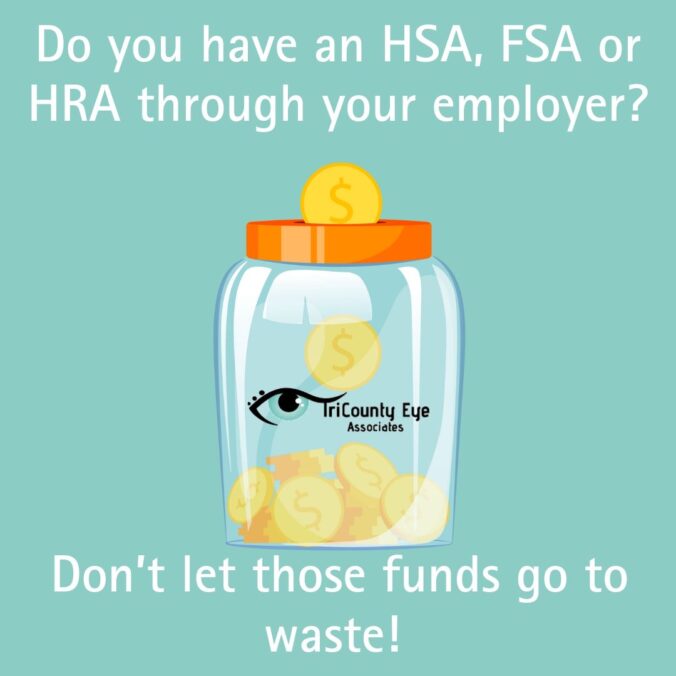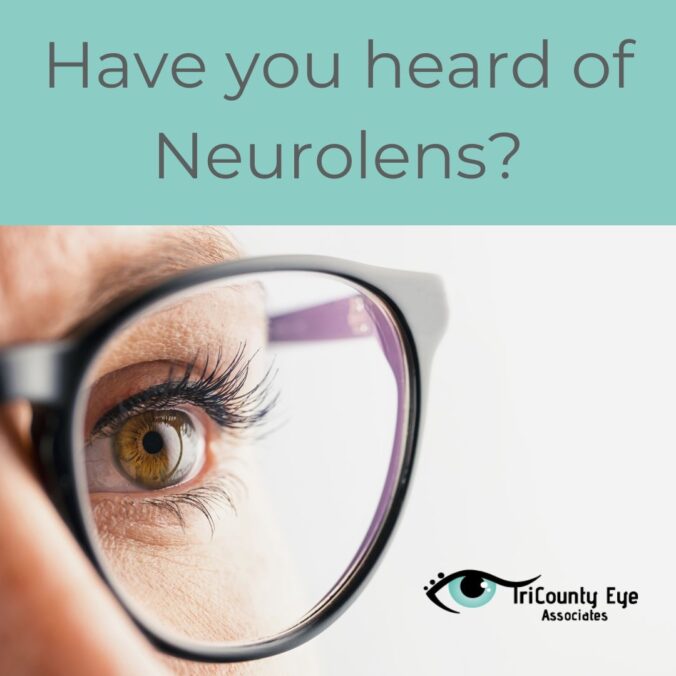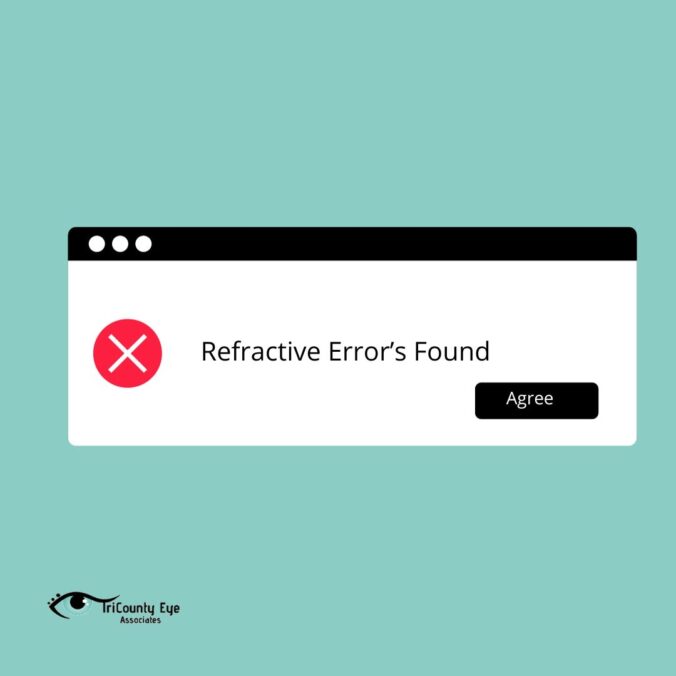It’s that time of year again! Time to look at your Vision benefits and evaluate your health savings options to see if you need to use it before you lose it. We see it happen all the time, you contribute to your FSA or HSA all year long. Before you know it December rolls around and you need to use what you have saved. We also want to touch on HRA’s which your employer may be contributing to on your behalf.
Many employers offer different types of health savings accounts. While we know this time of year can be busy enough, we wanted to try to help weed through the different kinds of health savings.
Three Major Health Savings Options
HRA – Health Reimbursement Account
This type of account is an employer funded plan that reimburses employees for qualified medical expenses. Reimbursement dollars that employees receive are usually tax free. Your employer will decide how much they will put into the plan. Then, you as the employee can request reimbursement for medical expenses up to that amount.
Each HRA plan is going to be set up differently depending on the employer. It’s important to discuss your options with your HR rep at work. They will be able to tell you exactly what the HRA funds can be used for so that you stay compliant.
FSA-Flexible Spending Account
This type of account is the type you want to plan carefully how much you save. This type of account can be used to help pay for copay deductibles and prescriptions. You don’t pay any taxes on this money so it can be helpful to contribute throughout the year if you can accurately estimate your family’s needs. This is the one to watch though, if you still have funds in there this late in the year, you want to make sure to use them.
HSA-Health Savings Account
This type of account also allows you to put in pretax dollars, but you don’t have to worry about losing the funds at the end of the year.
Whether you have an HSA or an FSA TriCounty Eye Associates could be the perfect use of those hard-earned dollars you put aside for health expenses. Maybe you or someone in your family needs new glasses or sunglasses? Maybe you just haven’t made the time yet this year to schedule your yearly appointment?
What is the difference between an HSA and FSA?
HSA – Health Savings Account
- You or your employer contribute pre tax dollars
- Unused contributions roll over year after year
- HSAs must accompany a high deductible health plan (individual or through employer
- Withdrawals are allowed with 10% penalty
- HSAs have higher contribution maximum than FSAs
FSA – Flexible Spending Account
- Typically FSA funds must be used by the end of the plan or calendar year
- Account cannot be used after you leave the employer
- FSAs must accompany group insurance through employer
- Withdrawals are not allowed
What Can you use your HSA or FSA funds on?
Your vision insurance is probably going to cover one set of glasses or give you an allowance on what you can spend. If you contribute to a FSA or HSA you can use those funds to purchase the more expensive frames you want, or more than one pair of glasses to switch out your frames form time to time. In general you can use your funds for:
- Reading glasses
- Progressives
- Prescription blue light glasses
- Prescription anti-fatigue glasses
- Prescription glasses
- Prescription sunglasses
You can also choose to use your funds on contacts if they are medically necessary!
There are other things you can use the funds on as well aside form hardware. Other approved expenses would be eye exams, LASIK, copays and deductibles, eyeglass cleaning supplies and eye drops! It is important to check with your individual FSA or HSA provider to make sure anything that might fall into a grey area is covered.
What is NOT Eligible?
While there are so many things you can use these funds on there are still some things you shouldn’t use it on.
- Non-prescription glasses
- Non-prescription sunglasses
- Non-prescription contacts
- Insurance premiums
- How to use your funds
This is going to depend on your specific plan. Some proivders will send you a debit card that you can use on the approved expenses. Other plans will require you to pay out of pocket but get reimbursed so it is important to hang on to receipts.
Vision Insurance Limitations
Another part of your insurance you want to be aware of is the Vision Plan you have. Depending on the type of plan you have you may be limited to a certain number of frames, lenses, contacts, or eye exams per year. Make sure you get it in during the calendar or plan the year your plan supports. You pay for these benefits so don’t let them go to waste!
Bottom Line
FSA and HSA accounts can be a great way for you to set aside pre-taxed funds to spend on health expenses throughout the year. When enrolling in your employers benefits, make sure to take a look at the average expenses your family has each year to determine how much to contribute to your plan. HRA’s are also great because its extra money your employer is giving you to help pay for medical expenses. Make sure to make the most of the benefits your employer offers!
Call us today to schedule your end-of-the-year appointment and make sure to utilize your vision benefits in every way possible.



